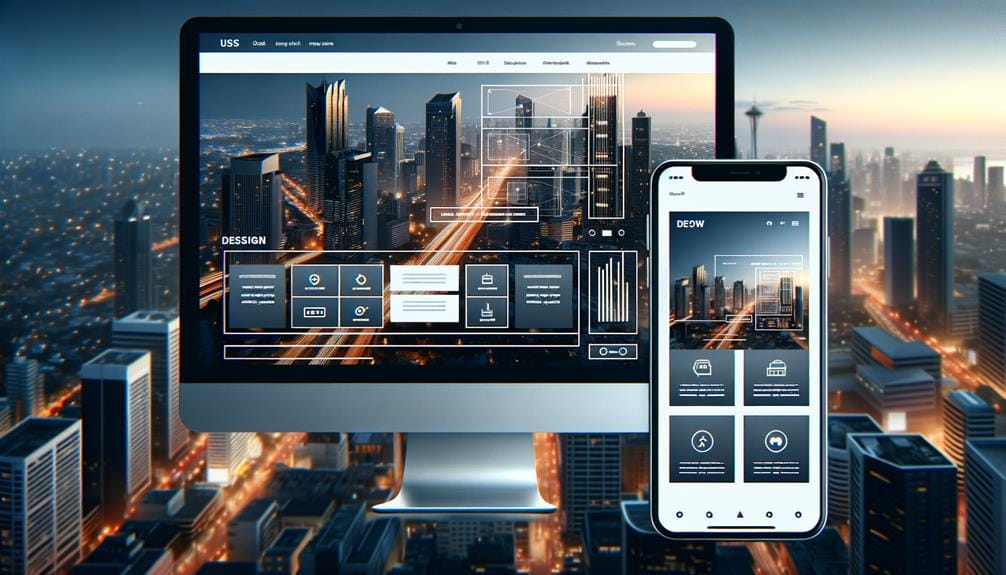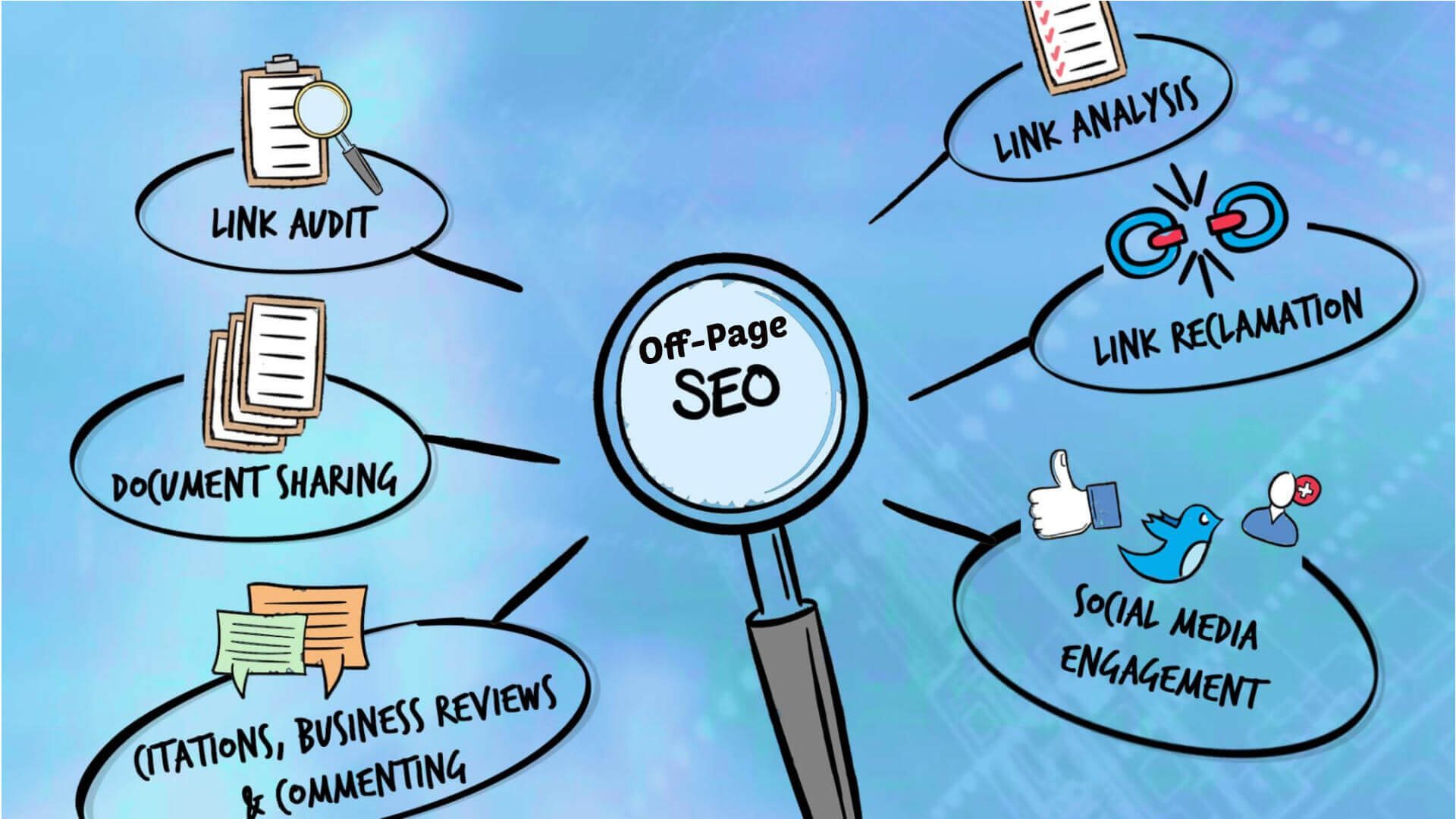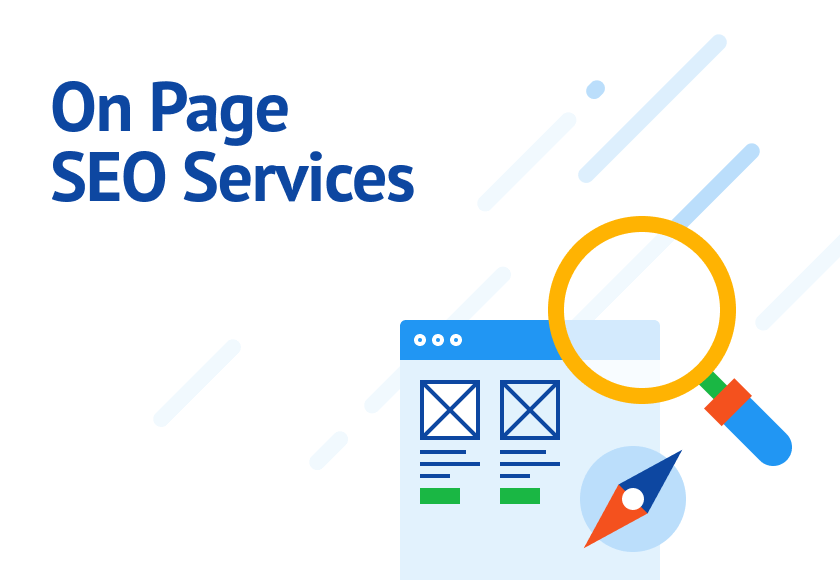To enhance SEO and user experience together, focus on striking a balance between the two. Prioritize page speed, ensuring your site loads in under 2.5 seconds, and optimize content to cater to both search engines and users.
Design with mobile in mind, using responsive design and simplifying navigation. Craft engaging content, including informative text, visuals, and interactive elements, and regularly update it for freshness and relevance. By aligning your design and functionality with your target audience’s needs, you’ll improve both user experience and SEO rankings. Explore specific strategies to boost your online visibility and drive tangible results.
Balancing SEO and User Experience
By finding a delicate equilibrium between search engine optimization (SEO) and user experience, you can create a website that not only ranks higher in search results but also provides a seamless and engaging experience for your visitors. This balancing act requires focusing on factors like page speed, clear navigation, and optimized content that resonates with both search engines and human users. You’ll want to make sure that your website’s design and functionality align with the needs of your target audience while also meeting the ever-evolving criteria of search engines.
As you balance SEO and user experience, you’ll notice that your website’s visibility and conversions will improve. By prioritizing user-centric design elements and SEO optimization techniques, you can create a harmonious approach that enhances your website’s performance. Effective balancing of SEO and user experience will lead to higher search engine rankings and increased user engagement, ultimately driving more traffic and revenue to your site.
Importance of Mobile Responsiveness

As you focus on enhancing SEO and user experience, you’ll want to prioritize mobile responsiveness, considering that most online searches now happen on mobile devices.
By designing with mobile in mind, you’ll not only improve your website’s visibility in search rankings, but also guarantee a seamless user experience that keeps visitors engaged.
Designing for Mobile Devices
With the majority of website traffic now coming from mobile devices, designing for mobile responsiveness has become a critical factor in guaranteeing your website’s SEO success and providing a positive user experience. You can’t afford to neglect the importance of mobile responsiveness, as Google’s mobile-first indexing prioritizes mobile-friendly websites, significantly impacting search rankings. By adopting a responsive design, you’ll improve your website’s loading speed, reduce bounce rates, and enhance user experience.
Here are three key considerations for designing mobile-responsive websites:
- Mobile-friendly navigation: Simplify your navigation menu to make it easier for users to find what they’re looking for on smaller screens.
- Flexible content: Use adaptable grids and images to ensure your content adapts to different screen sizes and orientations.
- Touch-friendly interactions: Design interactive elements, such as buttons and forms, to be easily accessible and usable on mobile devices.
Responsive Layout Benefits
Your website’s responsive layout plays a significant role in its overall success. Building on the mobile design considerations discussed earlier, its benefits extend far beyond just aesthetics.
With mobile searches surpassing desktop searches, having a responsive web design is no longer a luxury, but a necessity. Google prioritizes mobile-friendly websites in search results, making mobile responsiveness a key factor in SEO rankings.
Mobile-Friendly Best Practices
Mobile responsiveness is no longer a nicety, but a necessity, as evidenced by Google’s prioritization of mobile-friendly websites in search rankings. With over 50% of internet traffic coming from mobile devices, you can’t afford to neglect mobile optimization. A fast-loading, responsive design is key, as 53% of mobile users abandon sites that take longer than 3 seconds to load.
Here are three mobile-friendly best practices to boost your SEO and user experience:
- Design for thumbs: Guarantee your site’s buttons and navigation are easily accessible on smaller screens to reduce bounce rates and improve engagement.
- Prioritize page speed: Aim for a load time of under 3 seconds to keep users engaged and search engines happy.
- Test for mobile usability: Regularly test your site on various devices to catch and fix any usability issues that could harm your rankings and user experience.
Crafting Engaging Website Content

As you develop your website, crafting engaging content is essential for capturing users’ attention, driving meaningful interactions, and ultimately boosting conversions. Effective content creation involves a strategic blend of informative text, visual content, and interactive elements to keep users invested in your website.
| Content Type | SEO Benefits | User Engagement Benefits |
|---|---|---|
| Long-form Content | Improves search engine rankings | Encourages longer visits and higher conversion rates |
| Compelling Headlines & Visuals | Increases click-through rates | Captures users’ attention and drives interactions |
| Interactive Elements (Videos, Infographics) | Enhances user experience signals | Boosts engagement and shares |
To maximize user engagement and SEO benefits, incorporate these content strategies into your website. Regularly update your content to demonstrate freshness and relevance to both users and search engines. Make sure to provide clear, concise information that meets the needs of your target audience. By focusing on high-quality content creation and visual content, you can drive meaningful interactions with your website and ultimately improve your online presence.
Optimizing Page Load Speed

As you work to enhance your website’s SEO and user experience, optimizing page load speed becomes essential. You’re aiming for a load time of under 2.5 seconds, as recommended by Google, to keep your users engaged and satisfied.
Minimizing Page Load Time
To create an ideal user experience and boost your SEO rankings, you need to minimize your page load time, aiming for a speed of under 2.5 seconds. A slow-loading page can be a major turn-off for users, leading to frustration, increased bounce rates, and ultimately, harmed page rankings. Google’s Core Web Vitals emphasize the importance of fast loading times for better user experiences and SEO rankings.
Here are three key strategies to help you reduce your page load time:
- Optimize server response time: Guarantee your server responds promptly to user requests. Aim for a server response time of under 200ms.
- Leverage browser caching: Allow browsers to cache frequently-used resources, reducing the need for repeat requests and speeding up page loads.
- Use a content delivery network (CDN): Distribute your content across multiple servers worldwide, reducing the distance between users and your content and resulting in faster page loads.
Optimizing Media and Code
How can you further accelerate your page load speed to meet the ideal 2.5-second mark, and what role do media and code optimization play in achieving this goal?
You can start by compressing images and videos to reduce their file size, making them load faster. This simple step can greatly enhance your website’s overall performance.
Next, enable browser caching and minify your CSS and JavaScript code to reduce the amount of data that needs to be transferred. This won’t only improve your website’s speed but also boost your SEO rankings.
Another effective technique is lazy loading, which prioritizes the loading of content above the fold, delaying the loading of media elements below the fold until they’re needed. This approach can remarkably enhance user engagement by providing a seamless browsing experience.
To take your optimization to the next level, consider implementing a Content Delivery Network (CDN) to distribute your content geographically and accelerate loading times for global audiences. By implementing these strategies, you’ll be well on your way to achieving lightning-fast page load speeds and a better user experience.
Boosting Site Responsiveness
When you prioritize enhancing site responsiveness, you’re not just improving page load speed – you’re also enriching the overall user experience and setting your site up for better SEO performance. With 53% of mobile users abandoning sites that take longer than 3 seconds to load, it’s clear that page load speed is essential. Google recommends a page load speed of under 2.5 seconds for the best user experience and SEO performance.
Here are three ways to boost site responsiveness:
- Optimize images: Compressing images can greatly reduce page load times, enhancing user satisfaction and SEO rankings.
- Leverage browser caching: Allowing browsers to cache frequently-used resources can decrease page load times and improve overall site responsiveness.
- Minimize code and scripts: Simplifying your site’s code and scripts can help decrease page load times and enhance user experience.
Enhancing User Interface Design

Effective user interface design is essential for capturing users’ attention and driving engagement on your website. By focusing on the visual aspects of your site, including layout, colors, typography, and interactive elements, you can create a seamless user experience that draws visitors in.
Consistent branding elements, intuitive navigation, and clear calls-to-action are key components of effective user interface design. Don’t forget to prioritize mobile responsiveness, as this will ensure your site adapts to the growing number of mobile users.
A well-designed user interface can greatly impact user experience, leading to higher engagement and conversions. By investing time and effort into creating a visually appealing and user-friendly interface, you can retain visitors, reduce bounce rates, and improve overall website performance.
Consider the little things that make a big difference, like using a clear and concise layout, selecting a color scheme that resonates with your brand, and making sure your calls-to-action are prominent and actionable. By doing so, you’ll be well on your way to creating a user interface that truly enhances user experience and drives results.
With a solid user interface design, you’ll set yourself up for success and stay ahead of the competition.
User Experience Metrics for SEO

Now that you’ve invested time and effort into creating a visually appealing and user-friendly interface, it’s time to focus on the metrics that matter most for SEO, starting with user experience metrics that can make or break your search engine rankings.
These metrics will help you gauge how users interact with your website and identify areas for improvement.
Here are three key UX metrics to track for better SEO performance:
- Dwell Time: This measures the time users spend on a webpage. A higher dwell time indicates that users find your content engaging and relevant.
- Click-Through Rate (CTR): This measures the percentage of users who click on your website from search results. A higher CTR indicates that your title tags and meta descriptions are effective.
- Bounce Rate: This measures the percentage of users who leave your website without taking any further action. A lower bounce rate indicates that users find your content relevant and engaging.
Creating Conversion-Friendly Layouts

Crafting a conversion-friendly layout is crucial for transforming your website’s users into customers, and it all starts with designing a clear visual hierarchy that channels attention towards a specific call-to-action. You want to make it easy for users to take the desired action, and that’s where clear CTAs come into play. Strategically place them throughout your layout to enhance engagement and drive actions.
Don’t underestimate the power of white space, either – it can improve readability and guide users towards conversion points.
A/B testing different layout designs will help you identify the most effective for conversion rates. Consistency is key, too, so make sure your branding elements are cohesive across all layouts. This will build trust and credibility, boosting conversion potential.
Impact of UX on Search Rankings

As you optimize your website’s layout for conversions, you’re also taking a substantial step towards enhancing your search engine rankings, because a positive user experience is a key factor in how search engines evaluate and rank your site. When you prioritize user experience (UX), you’re signaling to search engines that your content is relevant and satisfactory. This, in turn, can greatly improve your search rankings.
Here are three ways UX impacts your search rankings:
- Good site architecture: A well-organized site helps Google easily find and scan your web pages, contributing to better search rankings.
- Mobile optimization: Prioritizing mobile optimization delivers user-friendly experiences and enhances SEO performance.
- Well-designed layouts: Your layout influences visitor behavior and SEO promotion, emphasizing the importance of UX in search rankings.
Best Practices for UX and SEO

To optimize your website’s potential, you should integrate UX and SEO strategies from the beginning, as this unified approach can lead to higher search rankings and improved user engagement. When you prioritize both, you’ll create a seamless experience that benefits your users and search engines alike.
Optimize your page speed to under 2.5 seconds to prevent user frustration and enhance SEO performance – it’s an obvious choice. Good site architecture is also vital, ensuring easy navigation for users and helping search engines scan web pages effectively. This is especially important on mobile devices, where a user-friendly experience can significantly enhance SEO rankings.
As you create and optimize your web content, track key UX metrics like dwell time, bounce rate, and average engagement time. These insights will help you refine your SEO strategy and improve your website’s overall performance.
By embracing a unified UX and SEO approach, you’ll be well on your way to creating a website that resonates with both users and search engines. Remember, integrating UX and SEO is a powerful combination that can drive tangible results for your online presence.
To Recap
You’ve harmonized SEO and user experience, creating a symphony of engagement and conversion. Your website now dances with mobile responsiveness, loads like a flash, and whispers sweet nothings of relevant content to users.
As you track user experience metrics, you’ll see your search rankings waltz upwards, a direct result of your hard work. By marrying UX and SEO, you’ve created a match made in digital heaven – one that will leave users swooning and search engines singing your praises.








